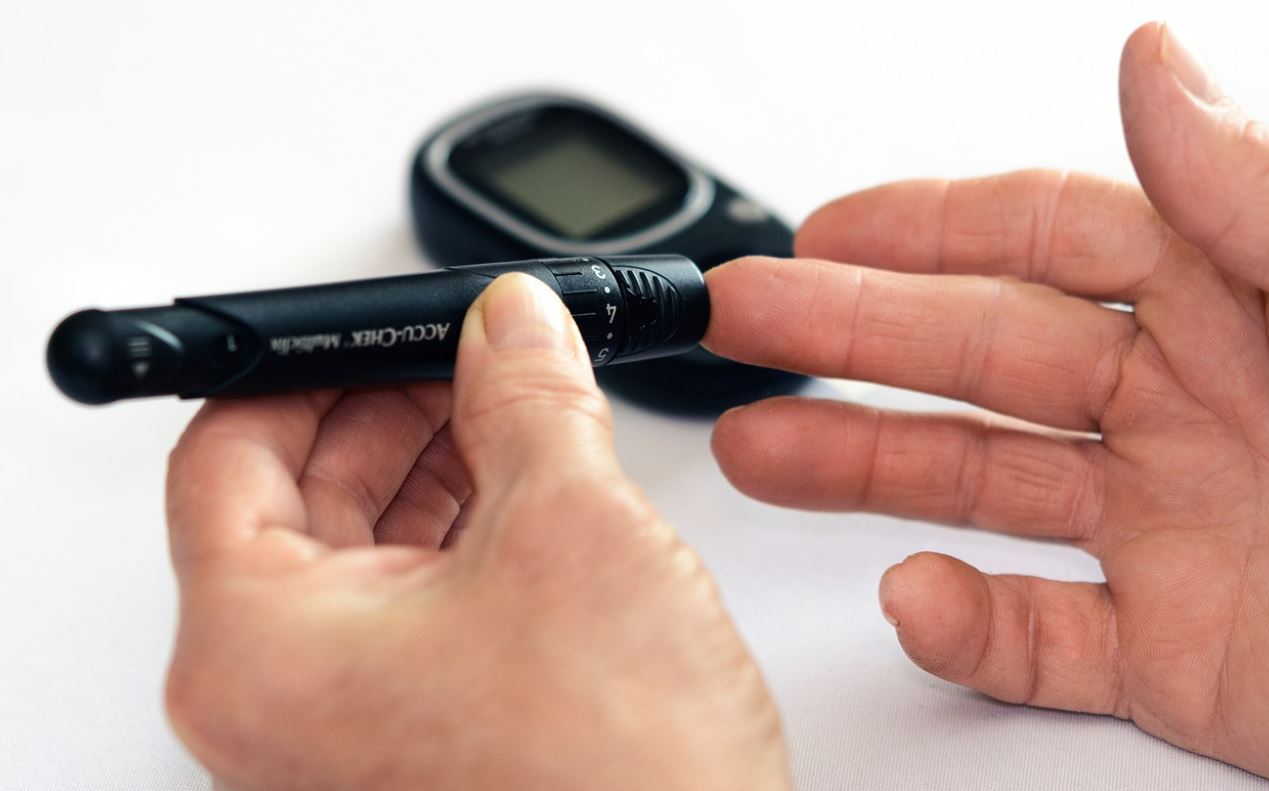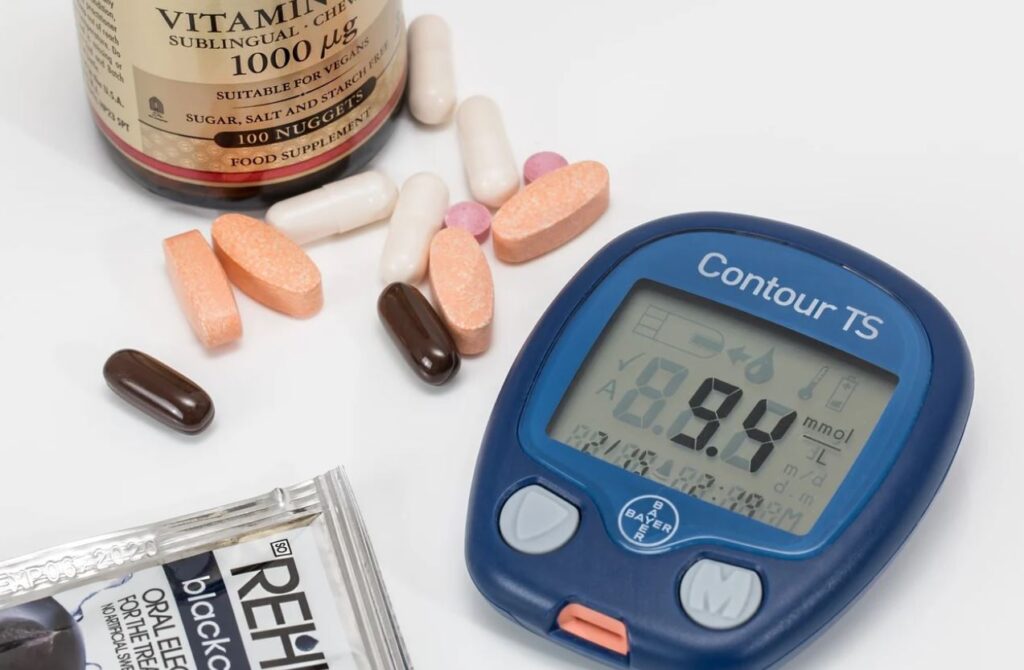Hyperglycemia refers to the high level of glucose or sugar in the blood. This is a condition most commonly faced by people with diabetes. It is usual for our body to keep a perfectly balanced blood sugar level, but a diabetic person’s body does not conform to this rule.
Type 2 diabetes has become so widespread that people of all ages, from children to the elderly, are being detected with high blood sugar levels. It is impossible to keep your blood sugar level balanced if you don’t know what level should be considered as too high for your blood sugar.
Is 200 too high for blood sugar? Well, the answer depends on several facts.
Let’s analyze what level of blood sugar is too high for you, which symptoms should warn you about a high blood sugar level, and what might be the way to maintain an optimal blood sugar level.
What you should know about blood sugar levels
Blood sugar levels are of utmost concern for people with diabetic conditions. If you are worried about being prediabetic but do not know what level of blood sugar should be regarded as too high, you should find out immediately.
The American Diabetes Association (ADA) sets some benchmarks for calling someone diabetic. You should consider yourself diabetic if you have –
- A blood glucose level of 126 mg/dL or higher after fasting or before a meal.
- A blood sugar level of 200 mg/dL or higher 2 hours after taking a meal
- A hemoglobin A1C level of 6.5 or above.
These identifiers answer the question asked before – 200 is too high for your blood sugar if you’ve checked your sugar level at least two hours after consuming a meal.
As pointed out already, whether you’re diabetic or not depends on several conditions and symptoms. These symptoms may vary from person to person. It is recommended that you check your blood sugar levels if you suspect yourself as prediabetic but feel perfectly okay.
What is a balanced blood sugar level?
There is no universal “balanced” level of your blood sugar. As the ADA suggests, an A1C level of less than 7 should be considered ideal for non-pregnant adults.
Doctors may set a stricter goal for particular patients depending on their existing conditions. Elderly people with several health complications are often suggested to keep an A1C targets between 7.5 and 8.5 because too much regulation on their blood sugar level might cause hypoglycemia – a condition when blood sugar becomes lower than the normal.
How frequently should you check your blood sugar?
Keeping track of your blood sugar level is the only way to know whether your sugar level is getting out of control or not. You can use a glucometer to measure blood sugar. The most commonly suggested blood glucose level for adults without diabetes is less than 100 mg/dL before meals and less than 140 mg/dL 2 hours after a meal.
Many diabetic people have to check their blood sugar level regularly or more than once daily, which may involve the use of a continuous monitor for people who have to take insulin.
But how frequently should you check your blood sugar? The answer depends on several factors like whether you’re on insulin, whether you’ve been prescribed oral medication by a doctor, how well your blood sugar level is controlled, how old you are, and some other factors.
Doctors do not recommend type 2 diabetes patients with controlled blood sugar to check blood sugar daily. Such diabetic people are suggested to perform a paired reading every week, which will include fasting or before eating reading, and a postprandial (2 hours after a meal) reading.
Measuring your blood sugar level too frequently can create unnecessary panic if you see daily fluctuations. Research shows that type 2 diabetic patients who are not on insulin or any hypoglycemia-related medications cannot have any benefit from testing their sugar level too often.

Symptoms of high blood sugar
People who have been diagnosed with diabetes can easily tell whether they have hyperglycemia or not. But it is a hard nut to crack for people who remain prediabetic or unaware of their diabetic conditions. If you know the signs of the high blood sugar level, you’ll be able to take necessary precautions to deal with diabetic symptoms.
You should take note of the following signs to keep your blood sugar level balanced.
Tiredness
Fatigue or extreme tiredness can be one of the earliest signs of high blood sugar. But tiredness can also be associated with low blood sugar. You need to have a closer look at it – if you feel tired regularly right after taking a heavy meal, it is highly likely that your sugar level is on the increase.
Polyuria or frequent urination
Having excessive sugar in your bloodstream forces your kidneys to flush out the extra sugar, and they also excrete water with the additional sugar, causing you to urinate frequently.
Excessive thirst
Due to frequent urination, you’ll start feeling thirsty more than usual. It becomes a cyclical process – the more you urinate, the more you become thirsty. The thirstier you become; the more the need to urinate.
Slow-healing wounds and injuries
Hyperglycemia results in slow healing of cuts, wounds, or injuries. Slow healing of wounds might lead to severe diabetes complications. Wounds, even the minor ones, can cause serious infection, which in turn advances to tissue damage. Tissue damage can extend its influence from soft tissue to the bones, which might end up in amputation in the long run.
Bottom Line
Increasing blood sugar levels is a highly concerning issue among diabetics. While a fixed level of high or low blood sugar is debatable, if you measure your blood sugar level as 200 mg/dL two hours after you’ve taken your meal, then consider yourself hyperglycemic and take precautionary steps.
For those facing A1C level challenges, you may consider taking blood sugar supplements or multivitamins designed specifically to help treat the diabetic and pre-diabetic condition. Additionally, programs such as Diabetes Smarts, Diabetes Freedom, and Reverse Diabetes might be an ideal match to help you with you condition.



